Canada has more lakes than any other country in the world, with a huge diversity of lake sizes, depths, shapes, water chemistries, underlying geologies and hydrologies (the waters that flow in and out of them). Sediments accumulate on lake floors which, at the offshore and undisturbed depths, act as archival records.
When a lake develops algal blooms, fishless conditions or masses of weeds, it is difficult to determine whether this is part of the lake’s natural cycle or the result of human activities. To understand this, we need to know a lake’s history, and particularly what it was like before humans settled in the area in large numbers.
As researchers in paleolimnology, the historical study of freshwater sediments, we examine the sediments that settles at the bottom of lakes. This accumulation of both organic and inorganic matter from within and outside then lake ecosystem helps us understand the history of these lakes and how they may have changed over time.
Seeing through glass walls
One group of microbes that preserve very well in lake sediments is the diatoms. These single-celled algae have delicately ornamented cell walls, of which each species is characterized by its distinct morphology. Because diatom cell walls are comprised of opaline silica — essentially, glass — they remain preserved in sediments even after their organic components have decomposed.
(Shutterstock)
The shape of diatom cell walls often reflects their habitats in the lake — whether they lived floating in the open water (planktic species) or nearer to the shoreline or lake bottom, often attached to rocks, sediments or vegetation (benthic species). Additionally, different species are adapted to distinct environments, for example high or low nutrient concentrations, different salinity levels or lake acidity. As such, we can use the diatom remains in sediments to reconstruct past lake environments.
Unfortunately, not everything that lives in lakes will be preserved, and much of the cellular material of photosynthetic microbes decomposes over time. The main photosynthetic pigment across all photosynthetic organisms is chlorophyll a, which gradually breaks down over time. However, the molecules into which it degrades are more stable.
By measuring chlorophyll a and its degradation products in lake sediments, we can get a sense of how lake primary production (the amount of photosynthetic biomass produced in the lake) has changed through time. This is done by using spectroscopy to measure how sediments absorb and reflect light, since chlorophyll a and its degradation products absorb light in specific wavelengths.
By examining changes in the diatom species combined with sedimentary chlorophyll a from different core intervals, we can infer how the fundamental “producers” at the base of the lake food web have changed over the centuries, and even millennia.
Canada’s changing lakes
Our research team examined diatoms and sedimentary chlorophyll a from more than 200 lakes across Canada as part of a large-scale sampling program known as LakePulse.
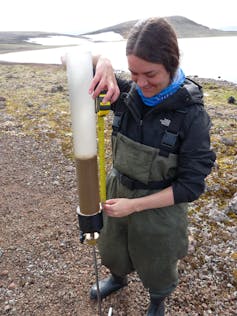
(D. Akeya), CC BY
At each lake, we collected a sediment core and samples from the upper-most and bottom-most sections of the mud were analyzed. These represented modern (deposited in the last few years) and pre-industrial (laid down more than 150 years ago, before the establishment of industrialized practices) samples. Comparing modern and pre-industrial diatoms in each lake, we found two clear patterns resulting from the impacts of direct human development and climate warming.
The first pattern was that lakes with high concentrations of agriculture or urban development surrounding them showed the biggest changes. Diatom species composition changed to forms better adapted to higher nutrients and salinity. The most pronounced changes occurred in the Prairies, which are currently characterized by intense agricultural development and relatively shallow lakes that are more susceptible to nutrient pollution.
The second pattern that we identified was a general increase in planktic diatoms. During the summer, a pattern known as thermal stratification develops in many lakes, where the upper water is heated by the sun and sits on top of colder water. As climates warm, the period during which lakes are stratified in summer has been getting longer.
Based on earlier research, we know that planktic diatoms thrive in thermally stratified, open water environments. LakePulse researchers noticed an increase of planktic diatoms in the majority of lakes across Canada regardless of the degree of human impacts, which suggested that climate change is having a marked effect on the composition of these primary producers.
Sedimentary chlorophyll a also indicated increased primary production in a majority of Canadian lakes, reflecting longer open-water periods (when most lakes show their maximum production) as ice duration decreases due to climate change.
Read more:
Climate change could alter the chemistry of deepwater lakes and harm ecosystems
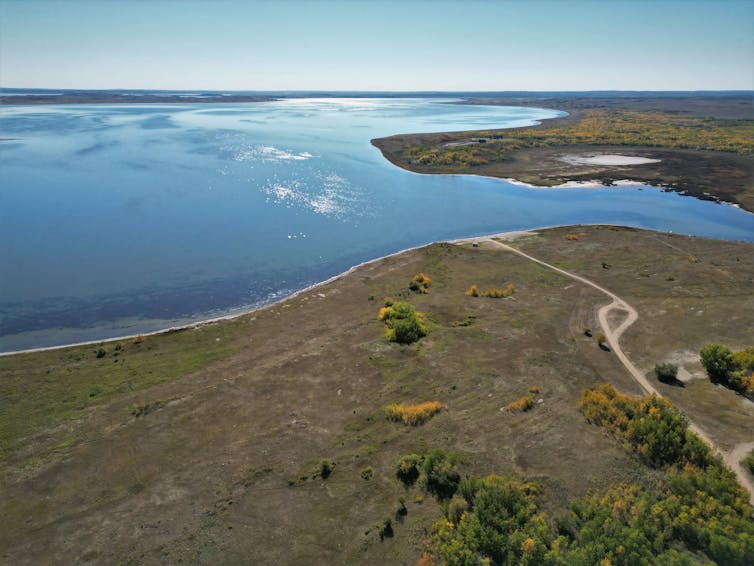
(Shutterstock)
Preserving lakes
Across Canada, the effects of climate change and human activities are changing primary producers in lake food webs. Physical conditions are also changing, with transitions towards stronger and longer periods of stratification for many lakes, and increased nutrients and salinity levels in lakes with high human impacts.
These changes can have major negative consequences. Increased algal production means that as the organisms die and settle to the lake bottom, they are decomposed, which uses up the oxygen in bottom waters. Longer stratified periods can lead to greater oxygen depletion, as the time between episodes of mixing that renew oxygen in cold bottom waters increases.
This can have devastating impacts for cold-water species, such as lake trout, that need high-oxygen cold water to survive through the summer months.
By using paleolimnology to understand how ecosystems have changed over time, we gain valuable insights into the impacts that human activity and climate change may have on Canadian lakes. This knowledge will serve to preserve the health of our freshwater resources for future generations.
Katherine Griffiths of Champlain College Saint-Lambert co-authored this article.
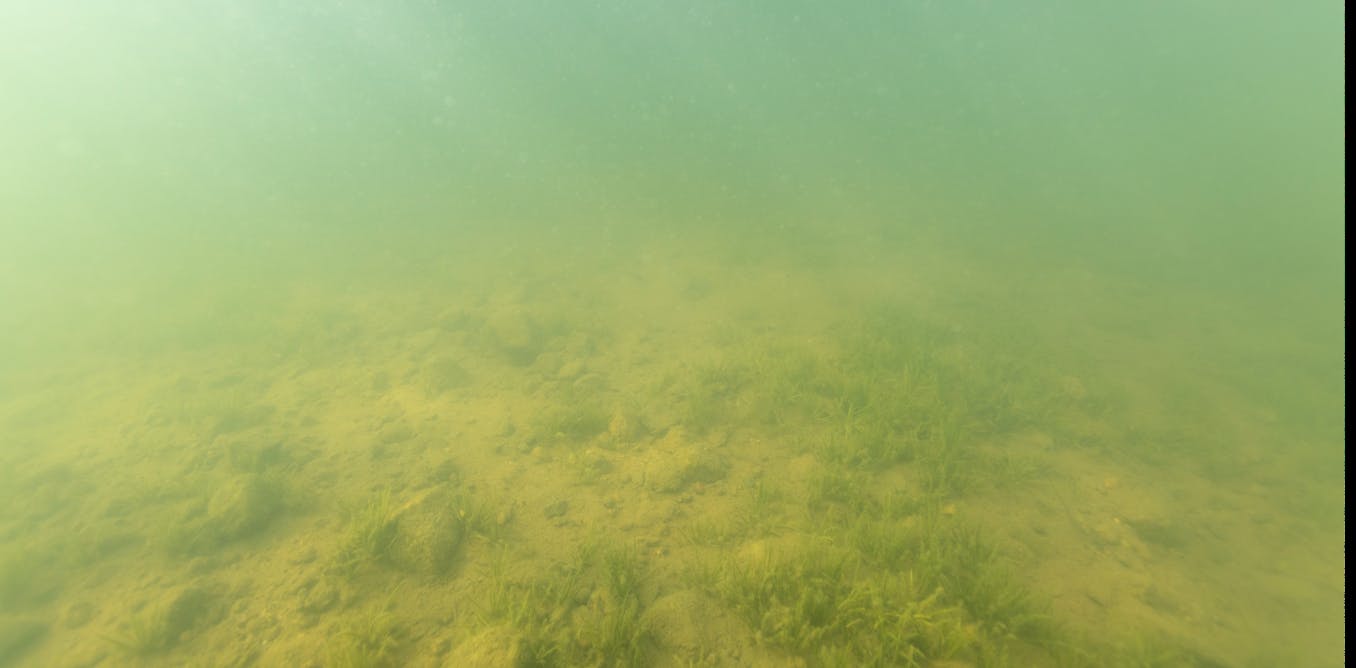
The post “Lake beds are rich environmental records — studying them reveals much about a place’s history” by Irene Gregory-Eaves, Professor, Biology, McGill University was published on 02/02/2025 by theconversation.com











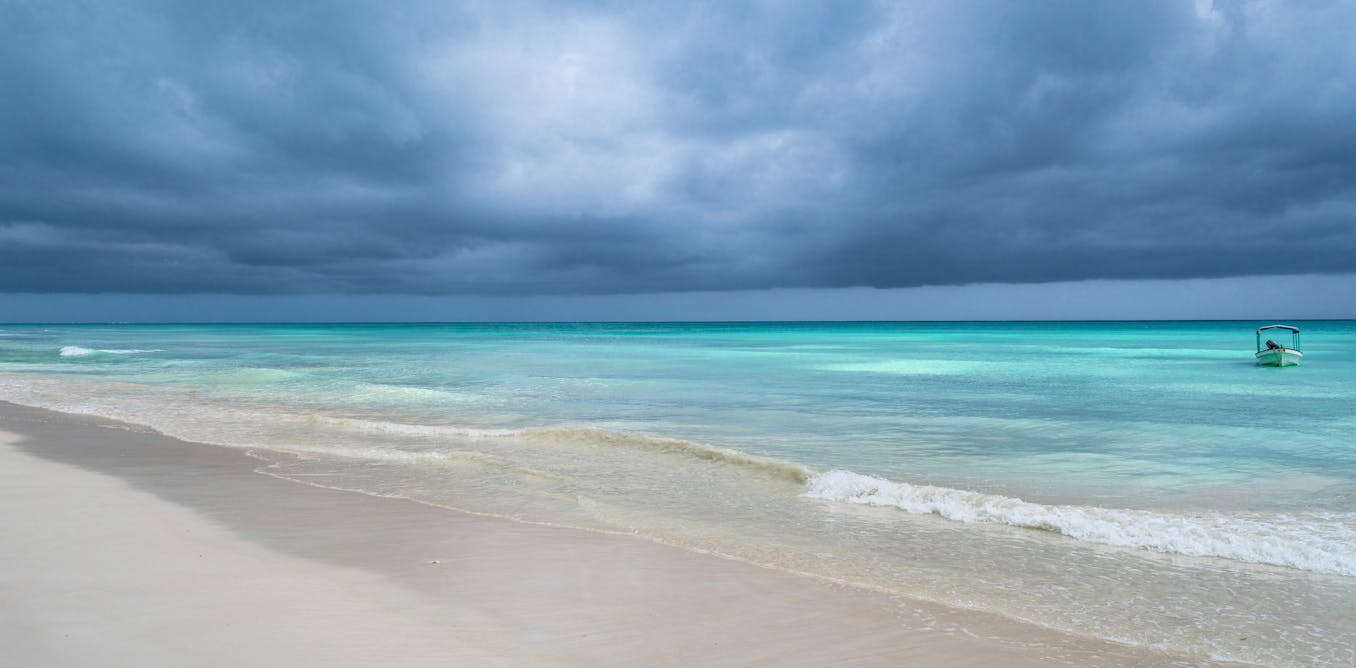
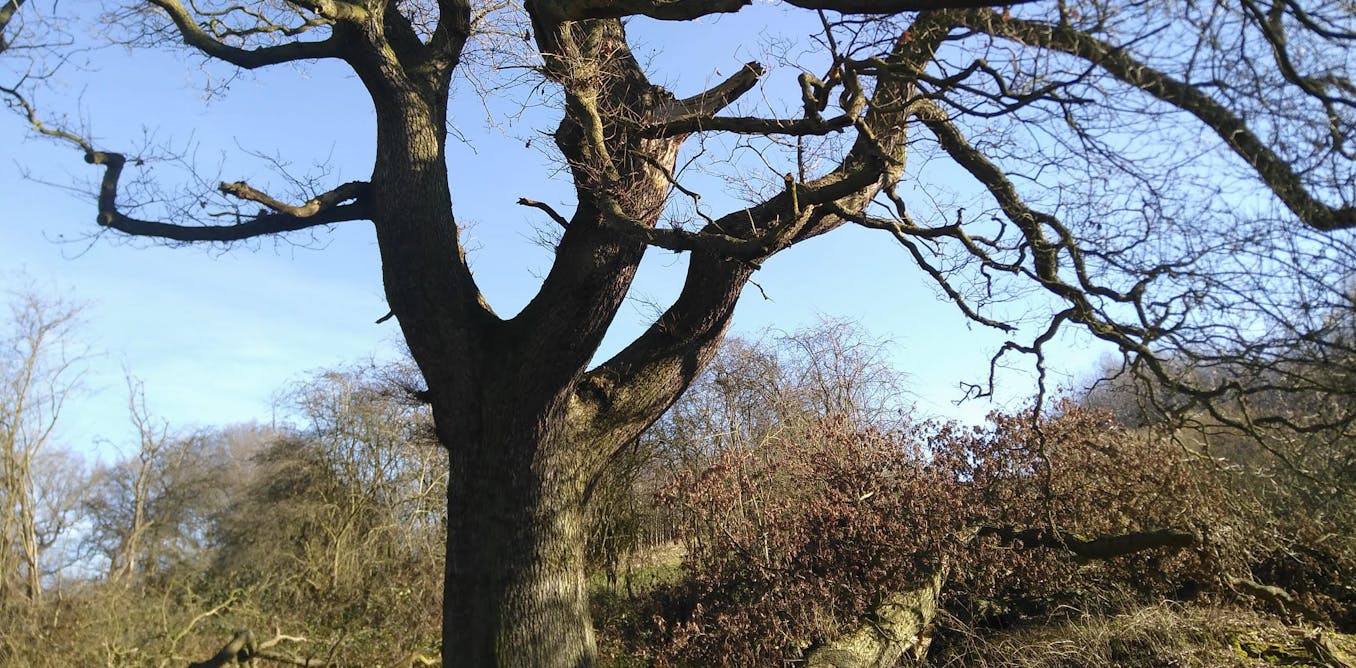
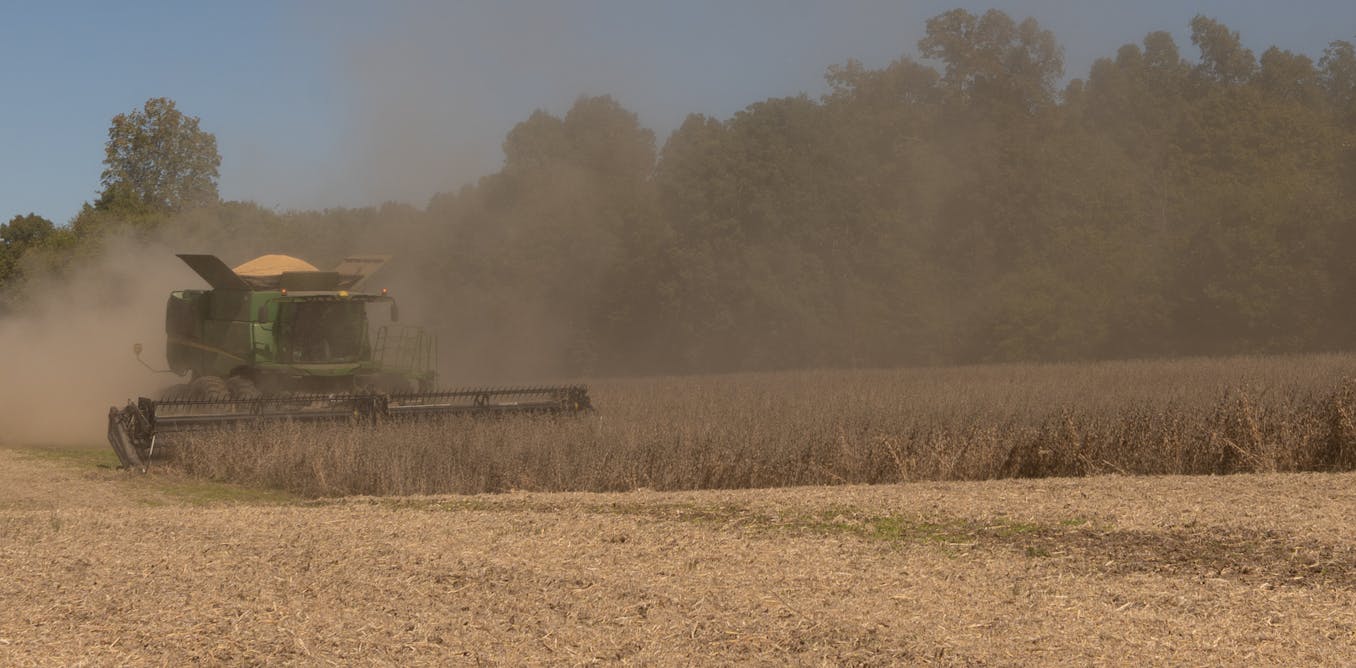





















Leave a Reply